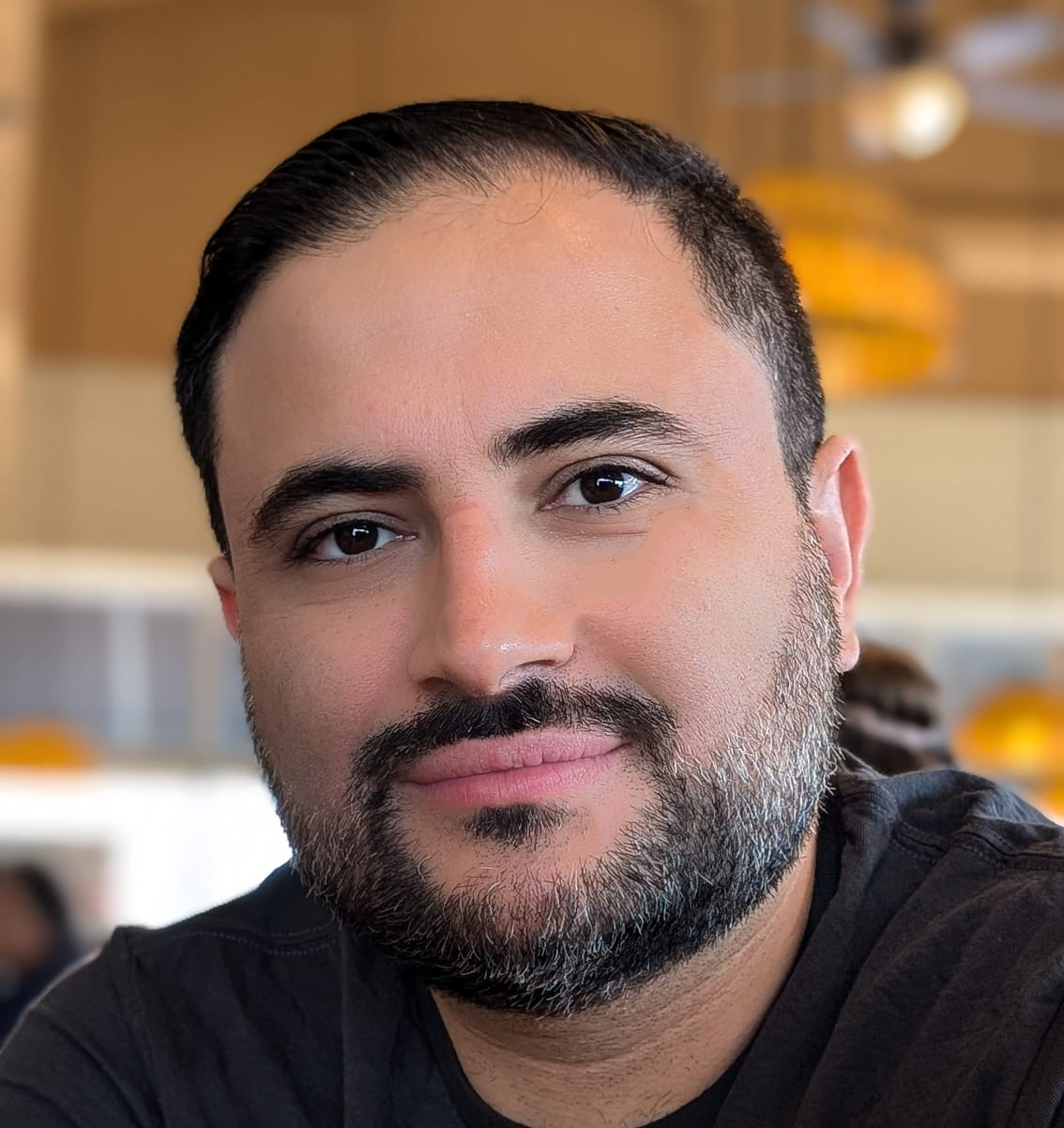2MDOpinion delivers world-class medical second opinion from top specialists, giving patients clarity and confidence in just days, not months
 Written By: Hesam Seyedi | October 24, 2025
Written By: Hesam Seyedi | October 24, 2025
In Canada, patients wait a median of about 30 weeks to see a specialist after a family doctor’s referral. That’s more than half a year of uncertainty — often while symptoms persist or treatment decisions hang in limbo.
A medical doctor referral is meant to open the door to specialized care, but for many Canadians, it feels like another barrier. Some spend months waiting for a call, others struggle to find a family doctor at all.
The emotional toll is real — worry grows as clarity slips further away.
That’s why more people are exploring faster options such as doctor consultations online and insured second medical opinions that connect you with trusted specialists in days, not months.
This guide explains how medical doctor referrals work, why wait times are so long, and how insurance and virtual consultations are helping Canadians get answers — and peace of mind — sooner.
Nearly 9 in 10 Canadians who saw a specialist last year did so through a referral from their doctor. It’s the most common path to specialist care in Canada — and for most patients, it’s the only one.
A medical doctor referral is a formal request from your family physician or nurse practitioner asking a specialist to assess your condition. It ensures continuity of care, provides medical background, and allows services to be covered under OHIP or private insurance.
Referrals are usually required before you can see a cardiologist, dermatologist, or any other specialist. They help coordinate treatment and avoid duplicate testing — but they also create bottlenecks when the system is overloaded.
Many Canadians learn about specialist access through their insurance plans, including coverage for second medical opinions that provide faster expert reviews when traditional referrals take too long.
Still, understanding how the process works doesn’t ease the frustration of waiting — and those waits are only getting longer.
Across Canada, family doctors are overwhelmed. In Ontario alone, primary care physicians make about 26 specialist referrals each month, most to non-surgical fields like gastroenterology and psychology. The demand far exceeds the number of available specialists.
The result? Patients wait a national median of over 7 months between referral and appointment. In some provinces, it’s even longer. Those months can be filled with anxiety, worsening symptoms, and uncertainty about the next step.
Doctors do their best to triage urgent cases, but the system moves slowly. Administrative backlogs, limited appointment slots, and uneven specialist distribution make timely care difficult.
For patients, that wait can feel endless — especially when the diagnosis or treatment plan could change everything. And for many, the struggle starts even earlier: finding a family doctor to make the referral in the first place.
About 14.4% of Canadians don’t have a regular healthcare provider. Without a family doctor, getting a referral becomes much harder — and for many, that means delayed care or turning to walk-in clinics for help.
Even for those who do have a doctor, access is limited. Only 27% of adults can see their provider on the same or next day. These access gaps often turn simple issues into long waits — or emergency visits that could have been prevented.
If you don’t have a family doctor, you still have options. Many Canadians now use doctor consultations online to connect directly with licensed physicians. Virtual consultations can provide medical guidance, discuss next steps, and even help identify whether a referral or second opinion is needed.
Digital access has become a lifeline — bridging the gap between uncertainty and care when the traditional system feels out of reach.
You don’t always have to wait months for answers. Many Canadians are turning to virtual consultations and online second medical opinions to get specialist insights faster — often within days instead of weeks.
These services connect you directly with experienced doctors and specialists who review your diagnosis or treatment plan remotely. For patients who can’t get timely referrals, it’s a safe and practical way to gain clarity while staying covered by insurance.
Private and employer-based insurance plans increasingly include second-opinion programs, while OHIP may support certain in-province consultations. To learn what’s included, you can check whether OHIP covers second opinions in your province or how your insurance can help.
Virtual care doesn’t replace your family doctor — it complements them. It helps you move forward confidently when the system is slow to respond, ensuring your health decisions aren’t left waiting in limbo.
Many Canadians don’t realize their insurance already includes access to faster care options. Most private and employer-based plans cover virtual consultations and second medical opinions, making it easier to get expert advice without long delays or unexpected costs.
OHIP also plays a role. In most provinces, it covers in-province specialist referrals made by a family doctor. However, coverage usually doesn’t extend to out-of-province or international consultations — which is where private insurance can bridge the gap and make faster, digital access affordable.
By combining OHIP and private coverage, Canadians can often reduce wait times and access top-tier expertise through online platforms. These services can be a lifeline when traditional referral pathways move too slowly.
Before paying out of pocket, check your insurance details or ask your benefits provider about reimbursement for digital second opinions and online consultations. You may already have faster answers built into your plan.
Wait times for specialist referrals in Canada have been increasing significantly over recent years, reflecting growing demand and systemic challenges in healthcare access.
If you’re still waiting for a referral or specialist appointment, you’re not alone. For many Canadians, the hardest part of care is the waiting — not knowing what’s next, or when clarity will come.
You don’t have to wait 30 weeks for peace of mind. Today, you can reach top specialists online, often in just days, through insured and secure virtual platforms. A second medical opinion online can confirm your diagnosis, review treatment options, or offer a new direction when you feel stuck in the system.
Insurance and OHIP can both support this — ensuring access to expert guidance isn’t limited by distance or wait times. It’s not about replacing your doctor; it’s about empowering you to make informed choices now, not months from now.
Your health deserves momentum, not delay. Take the next step toward answers, clarity, and confidence — all without the long wait.
2MDOpinion delivers world-class medical second opinion from top specialists, giving patients clarity and confidence in just days, not months
Email Us
| Cookie | Duration | Description |
|---|---|---|
| cookielawinfo-checkbox-advertisement | 1 year | Set by the GDPR Cookie Consent plugin, this cookie is used to record the user consent for the cookies in the "Advertisement" category . |
| cookielawinfo-checkbox-analytics | 11 months | This cookie is set by GDPR Cookie Consent plugin. The cookie is used to store the user consent for the cookies in the category "Analytics". |
| cookielawinfo-checkbox-functional | 11 months | The cookie is set by GDPR cookie consent to record the user consent for the cookies in the category "Functional". |
| cookielawinfo-checkbox-necessary | 11 months | This cookie is set by GDPR Cookie Consent plugin. The cookies is used to store the user consent for the cookies in the category "Necessary". |
| cookielawinfo-checkbox-others | 11 months | This cookie is set by GDPR Cookie Consent plugin. The cookie is used to store the user consent for the cookies in the category "Other. |
| cookielawinfo-checkbox-performance | 11 months | This cookie is set by GDPR Cookie Consent plugin. The cookie is used to store the user consent for the cookies in the category "Performance". |
| viewed_cookie_policy | 11 months | The cookie is set by the GDPR Cookie Consent plugin and is used to store whether or not user has consented to the use of cookies. It does not store any personal data. |
| Cookie | Duration | Description |
|---|---|---|
| _ga | 2 years | The _ga cookie, installed by Google Analytics, calculates visitor, session and campaign data and also keeps track of site usage for the site's analytics report. The cookie stores information anonymously and assigns a randomly generated number to recognize unique visitors. |
| _ga_530K1V7VWR | 2 years | This cookie is installed by Google Analytics. |
| Cookie | Duration | Description |
|---|---|---|
| nitroCachedPage | session | No description |